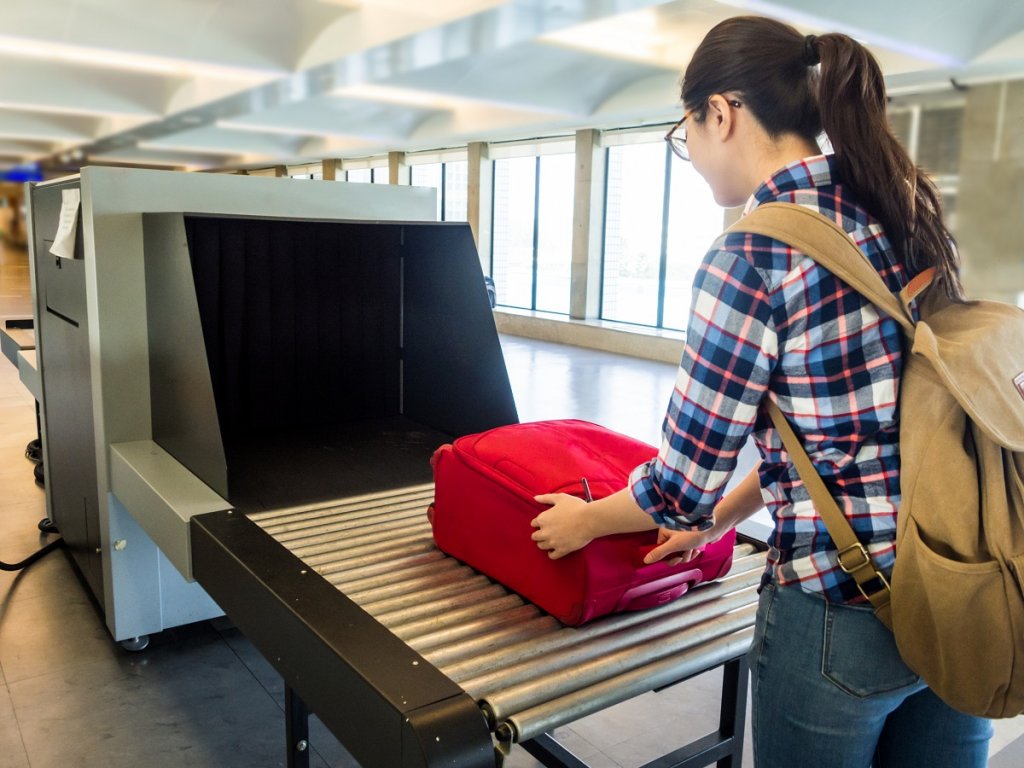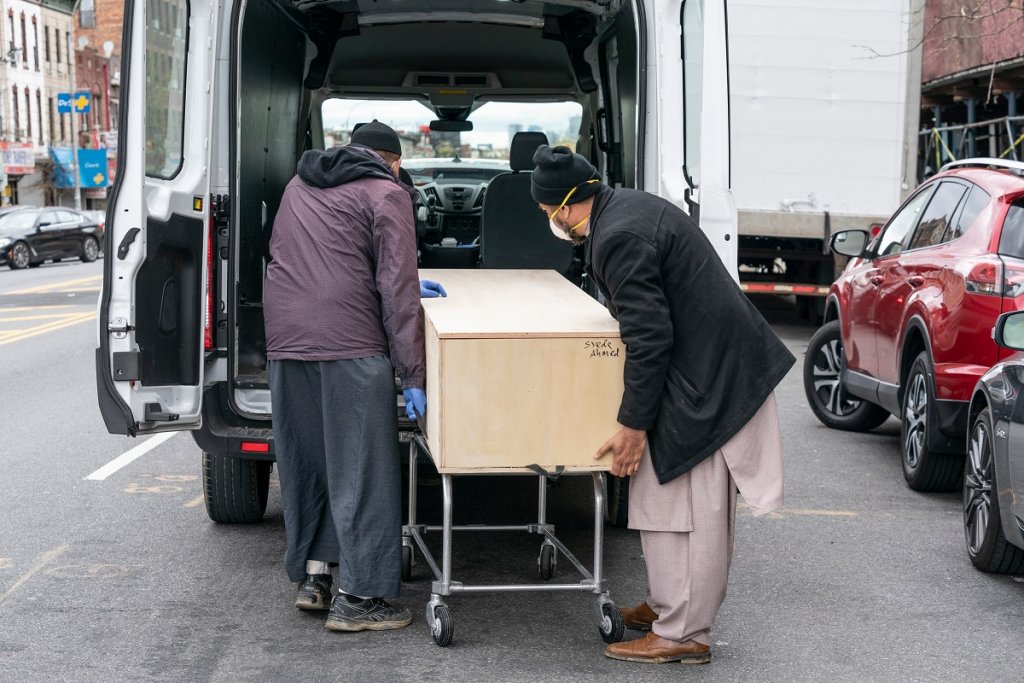If a loved one dies away from home, getting the body home can be complicated and expensive as there are many rules that govern the shipment of the dead. Bringing the body home by car may be the least expensive way to transport a body to another location in the US, but having the body cremated first can drastically reduce costs.
When a loved one dies away from home, shipping the dead body home is a complex and costly task.
The cheapest way to get the deceased body home is to drive it, but many regulations cover transport. When someone dies in one country and is to be buried in another, air or other common transit is the only thing that will work.

Table of Contents
How Do You Arrange To Ship A Dead Body?
The first thing to know about shipping a dead body is that you can’t do it without contacting a funeral home that will arrange the shipping with a specialized transit company. There are many regulations to follow when shipping a dead body and both the funeral director and the shipper know what to do when shipping human remains.
To make arrangements and calculate the cost, the shipper will need information from the family member or other person requesting the shipment.
- Name of the deceased
- Deceased’s residence — Address / City / State / Zip / Phone #
- Deceased’s Social Security Number
- Date and time of death
- Current location of the deceased — Facility name / Address / City / State / Zip / Phone #
- Attending physician name and phone #
- Your name
- Where you live — Address / City / State / Zip
- Telephone #’s — Daytime / Evening
- Relationship to the deceased
Before the body is sent on its journey, there must be a verification of death by a medical professional, a death certificate from the local authorities, and authorization of final disposition of the body. The funeral home can offer advice and help obtain these documents that must accompany the deceased body to its final destination.
The funeral home and shipper should be informed if the deceased had a communicable disease such as Covid so that all who handle the body are properly suited up in PPE equipment.
What Are The Different Ways To Ship A Dead Body?
The transport company may offer options for shipping the body, such as transit by private car or truck, common carrier, train, or plane. Usually, the deciding factors are the exact distance needed to transport the dead body and the funeral home’s preferences.
Depending on the state through which the body must pass, embalming might be necessary before bringing the corpse across some state lines. The body might need to be refrigerated, transported in the proper shipping container, and have the proper transit permits.
Checking with a funeral director is the best way to ensure everything is in order.

What Is Necessary To Transport A Body By Air?
Transporting a body by air is sometimes a necessity. If the distance between the body and the funeral home is too great, or there is no way to properly transport the body via driving, air transportation is the only practical option.
The funeral director or shipper must file the proper documentation with the Transportation Security Administration (TSA) to book a ticket for the body.
The shipping service provider and the funeral home must be on the list of known shippers maintained by the TSA,
The body will be transported in the cargo hold of the plane after being placed in an air-tight air tray for health and safety purposes.
Some airlines, such as American Airlines, Delta, and Southwest, specialize in Mortuary Shipping Cargo Services. US Funerals Online is a helpful service that can help families make transport and funeral arrangements for a deceased person who dies away from home.

How Much Does It Cost To Transport A Dead Body Across The US?
Shipping a dead body can vary in pricing depending on several important factors. The most important is distance; the further a body must be moved, the more expensive it will be. If the deceased were obese, shipping might be more difficult and more costly to arrange.
Pricing can vary between $2,000 and $6,000 for transporting a body, plus additional fees from the funeral homes involved in the transaction.
Typically, one funeral home will coordinate sending a dead body, while another funeral home will coordinate receiving the deceased body. Both will charge and collect pick up, ship-out, or receiving fees for their services, especially if the deceased’s body is being transported from one state to another. These fees can easily add $5,000 or more to the cost.
Employees from both funeral homes must coordinate ship-out times, receiving times, and other compliance issues varying from one state to another throughout the transportation process.
International shipping can easily cost $10,000 or more. If the deceased had travel insurance, the policy most likely has a Repatriation of Remains Coverage provision to help defray the costs of getting the body home.
What Is The Most Economical Way To Get A Body Home?
The most affordable way to transport a body may be via driving.
Sometimes, a family member or individual can drive the body home if they can meet the legal requirements for doing so. They must have a sealed casket or proper shipping container packed with dry ice or refrigerated, meet embalming requirements, and have proper burial transit permits.
Without the proper shipping container, the ride home would be creepy, uncomfortable, and smelly if the ride was long.
Before attempting to drive the body home, contact a funeral home for information about legal requirements. If the funeral home or mortuary transit company does the driving, they charge by the mile at an average rate of $1 to $ per loaded mile.
At a time of stress, paying the money to a transport company may be easiest way to expedite the delivery of the body so funeral planning can continue.
Having the body cremated is the only way to drastically reduce transportation costs.

Does Having The Body Cremated Reduce The Costs?
If a loved one dies away from home, a direct cremation costs under $1,000 in many areas and reduces the weight of the human body to 8 pounds or less. The whole process may be cheaper than shipping an entire body.
Different rules and regulations apply when transporting ashes as opposed to a dead body. Cremains can be carried on airplanes as hand luggage or sent via UPS, FedEx, or even USPS.
When carried on the plane, the remains must be placed in a container made of wood, plastic, cardboard, or any non-lead-based ceramic that can go through a TSA X-ray machine. TSA personnel cannot open the container to verify the contents, so it must successfully pass through X-ray. It can also be packed in luggage.
Once the cremated remains are home, the family can have a proper funeral service or memorial for them and celebrate their life.

